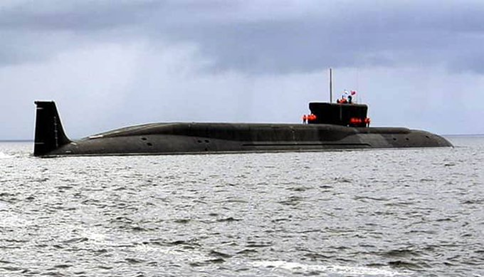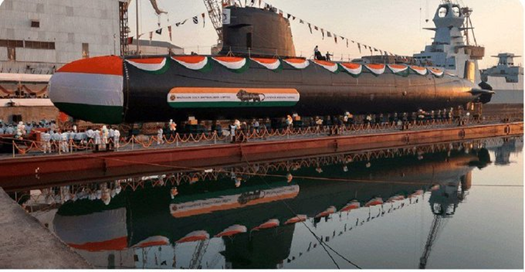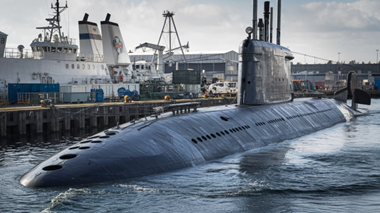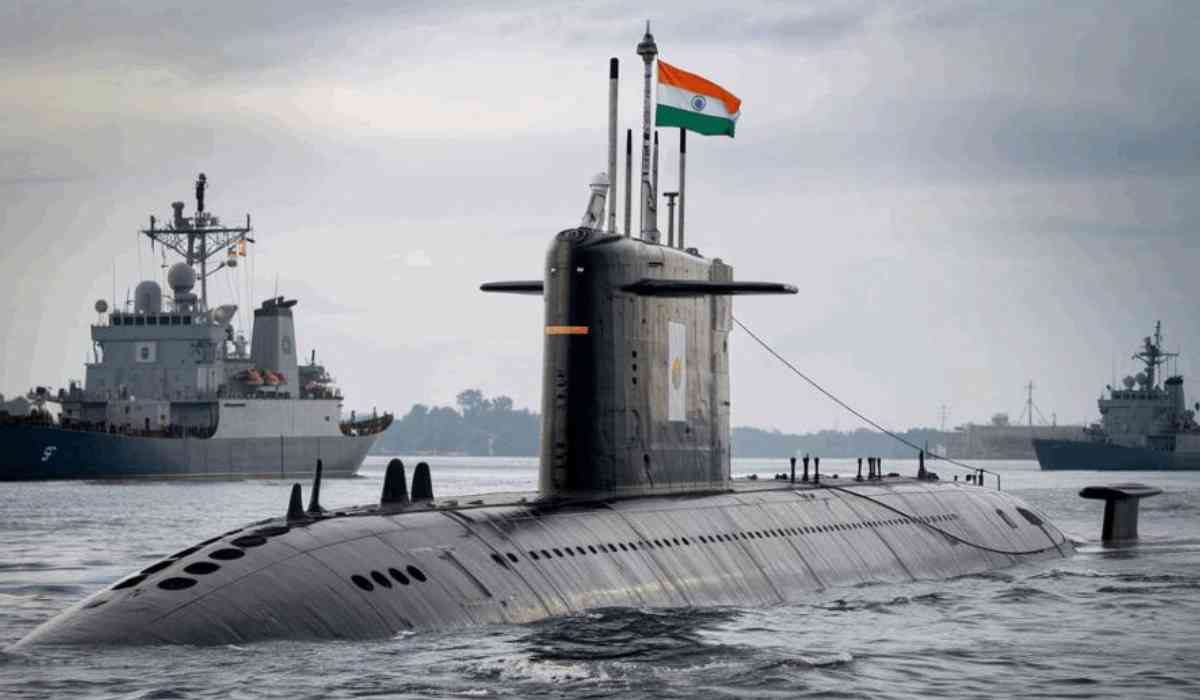On October 16, 2024 India marked another turning point in seas with the incoming induction of its fourth nuclear missile submarine (codename SSBN S4*) into service. At this very point of time the IOR (Indian Ocean Region), which was witness to a balancing act against increasingly influential China and where Five Eyes intelligence alliance comprising Australia, Canada, New Zealand,the UK & USA are feeling threatened in security parlance.
Strategic Importance of SSBN S4*

The SSBN S4* is an Arihant-class submarine of India, meant to supplement the same country's second-strike capacity under the nuclear doctrine. Being one of the foundational elements of the Indian triad of deterrents through air, ground, as well as sea, the submarine has strengthened India's strategic posture against the adversary, especially in the wake of increasing regional power play.
One prized feature of the SSBN S4* is that it carries 75 percent indigenous content, which signifies robust support on the part of the Indian government toward reliance in the overall defense production area. In that, this initiative stands in conformity with the present government's Make in India vision, where it is endeavoring to fortify all kinds of defense manufacturing within the country and reduce dependence on foreign suppliers. Only such very sophisticated platforms can be produced domestically, thereby enhancing national security by concurrently giving a boost to technological progress and job generation within the defense sector.
Technological Development

The SSBN S4* is very much a technological advancement in the Indian naval capabilities. The submarine, powered by a nuclear reactor, sustains itself underwater for extended periods of time with intermittent surfacing. This technology makes it very stealthy and gives the submarine more operative flexibility when exercising strategic missions without revealing its presence, which is an asset in this field of modern naval warfare.
SSBN S4* is armed with K-4 ballistic missiles, which are used to strike at ranges of 3,500 km with a displacement surfaced of 7000 tons. Such a prolongation of strike capability is important for keeping up a credible nuclear deterrent in view of the fact that India could hit potential enemies far beyond its borders. The capability of nuclear weapons to be fired from a submerged platform further complicates the strategic calculations of competitor nations since India acquires a credible second-strike capability in a nuclear war.
Countering Global Pressures
Launch of SSBN S4*: Due to surging tensions in the IOR, particularly with an impending naval presence of China, the Five Eyes are on tenterhooks over the increased Indian military prowess. The push by the Indian government toward strengthening its submarine fleet seems to be a strategic response to these pressures, thereby supporting its assertions as a stabilizing influence in the Indo-Pacific.
China's military flexing, in which artificial islands in the South China Sea and aggressive posturing toward Taiwan are among a few examples, has sent jitters all around its neighbors. In such a scenario, INS Arighat has emerged as an important tool for India to balance China's aspirations from the region. Developing the submarine is not merely an action to strengthen national security but increase its clout in regional geopolitics as well as sending the chances of winning a free, open, and independent Indo-Pacific.
Regional Security Implications
When the SSBN S4* is finally commissioned, it will draw important security dynamics in the region with far-reaching implications. As India continues to expand its naval capabilities, neighbors will build up their military capabilities in response and eventually fuel an arms race in the region. The enhanced nuclear submarine, SSBN S4*, will force countries like Pakistan and China to rethink their strategic doctrines, thereby affecting the overall security architecture in the IOR.

This would strengthen India's collaborative defense engagements with allies. Countries such as the United States and Australia are interested in supporting a rules-based order within the Indo-Pacific, and the three countries might find opportunities for deeper military cooperation within the maritime domain. The level of joint exercises, intelligence sharing, and technology transfer is likely to become more practiced in action because a collective approach towards security challenges would be addressed together.
Conclusion
To that end, SSBN S4* is a milestone; yet another testimony to India's resolve in building up its maritime force and the deterrence posture at a time when strategic competition is rising in a more complex global geopolitical space. Thus, with indigenous development, technological advancement, and strategic responsiveness, India has carved out a position as one of the significant players in regional security dynamics. Its capability will therefore have reverberations throughout the Indian Ocean and beyond as the country moves forward. It will shape strategic landscapes while rapidly changing global security environments.
Hence, in a nutshell, SSBN S4* is not just some military equipment but proof of the ascending Indian capabilities and aspirations on the world map. At such crucial junctures, when and if the geopolitical environment shifts, submarines will be the primary tool to secure the security interests of India in the region of the Indian Ocean.
With inputs from agencies
Image Source: Multiple agencies
*The views expressed are personal to the author and do not reflect the platform's
opinion of the same.
© Copyright 2024. All Rights Reserved Powered by Vygr Media.
























